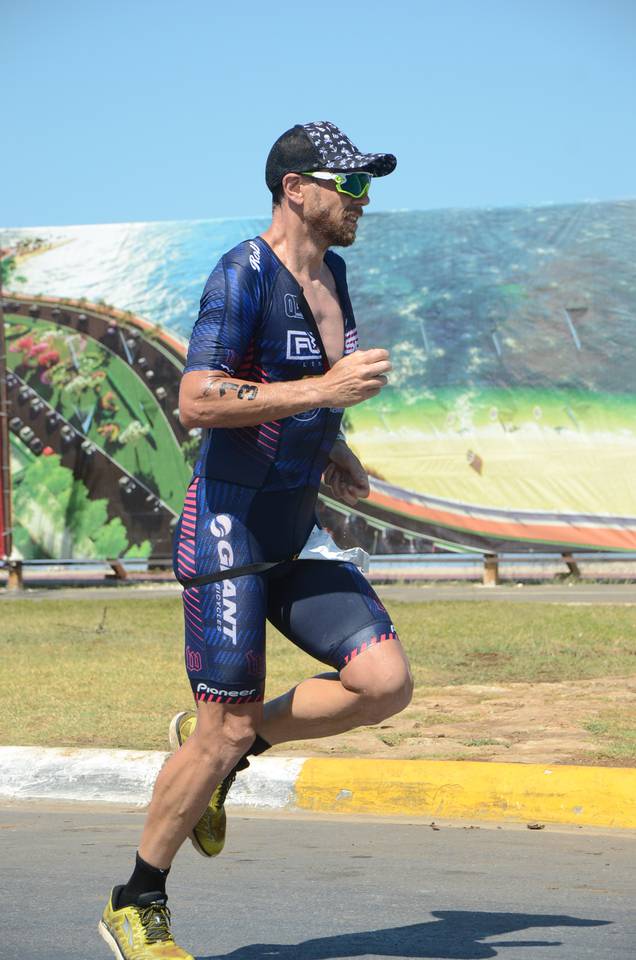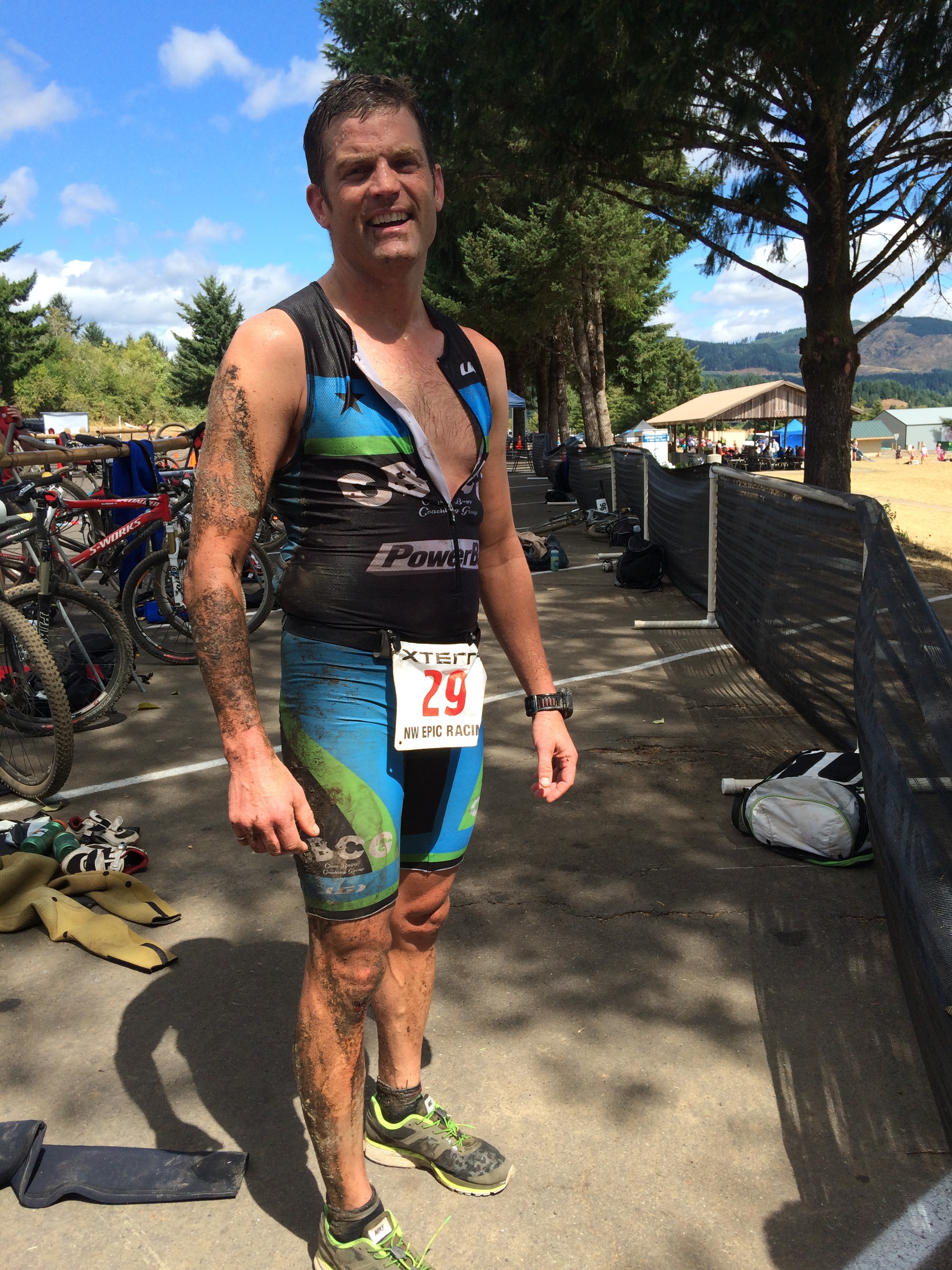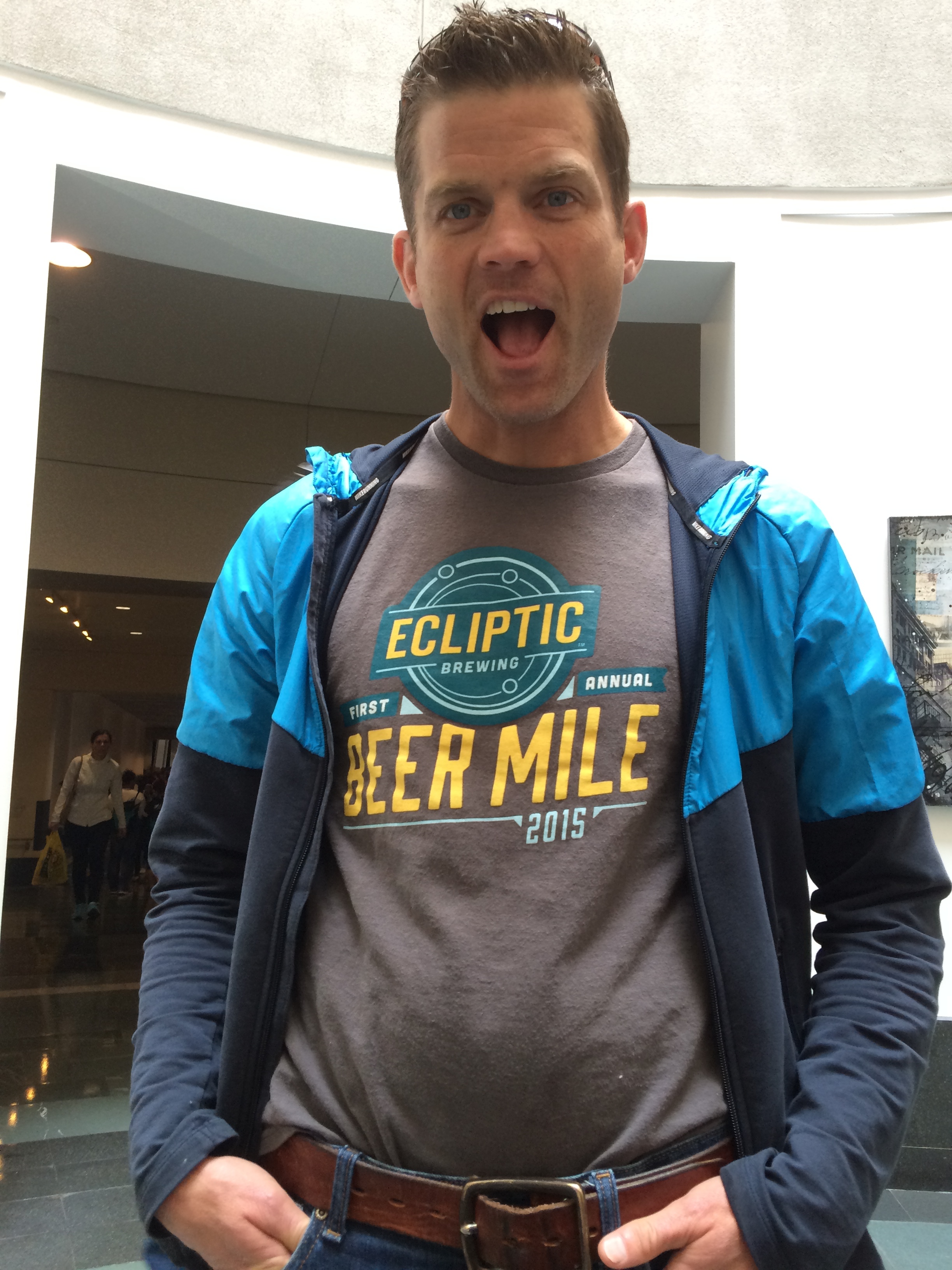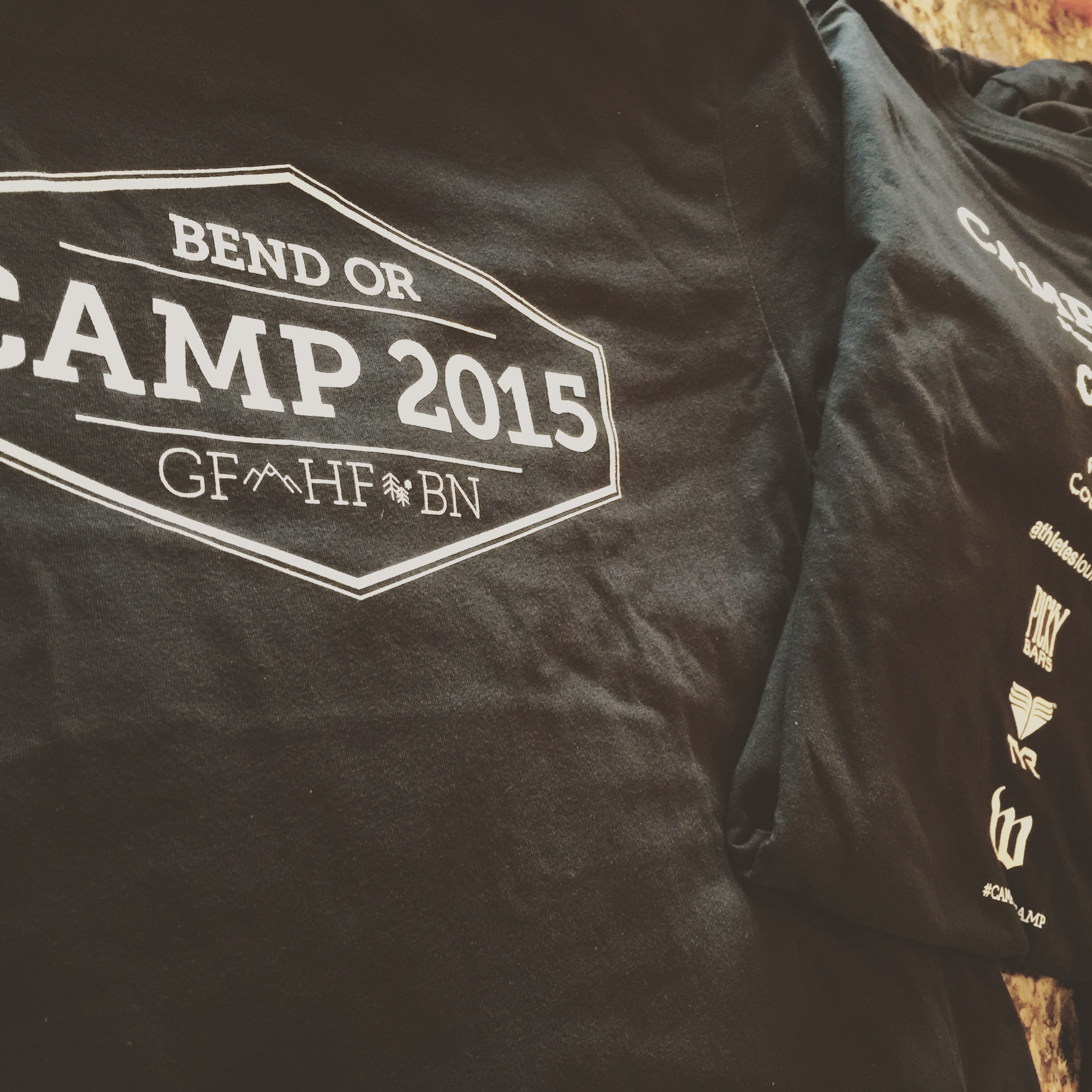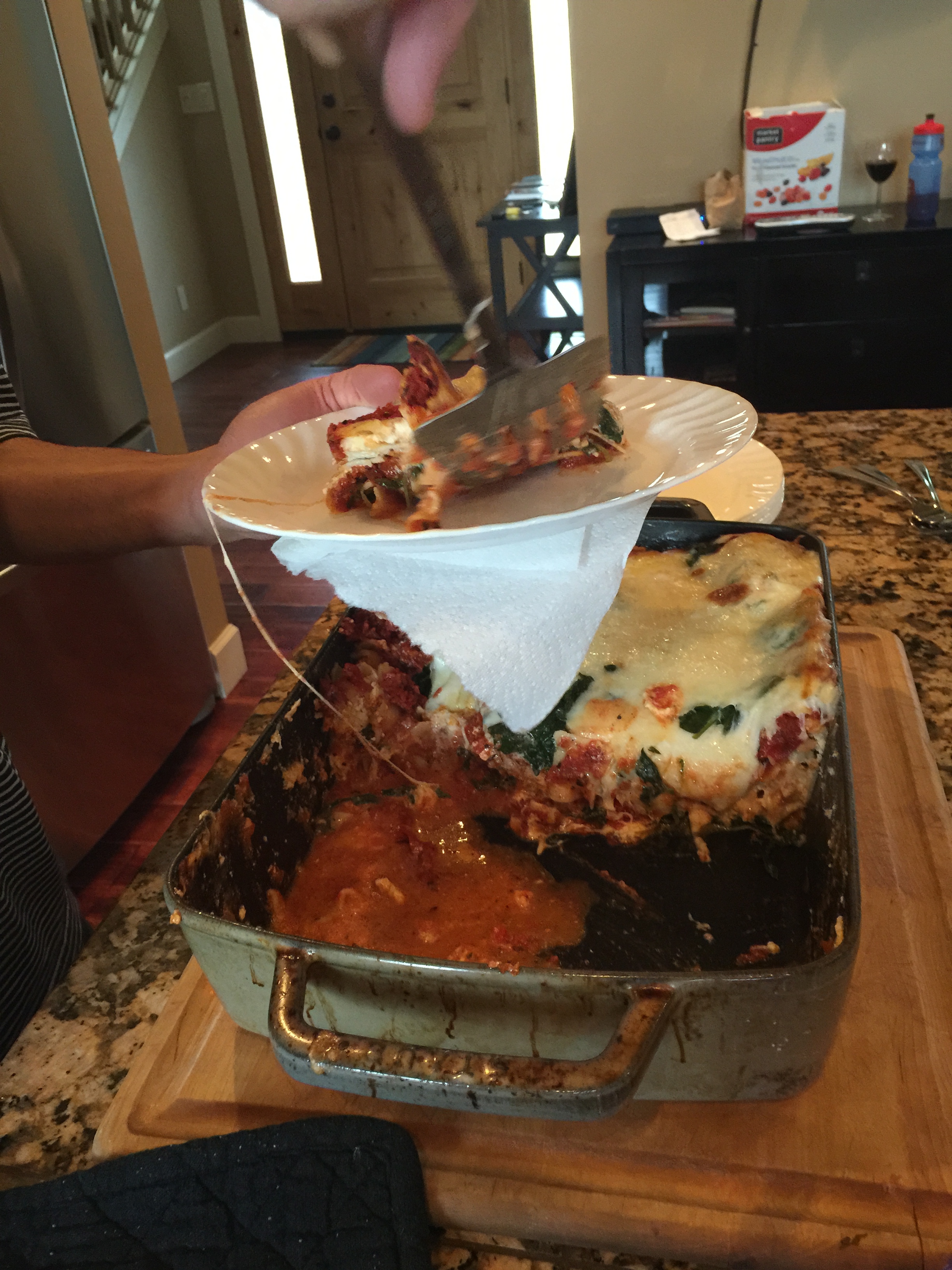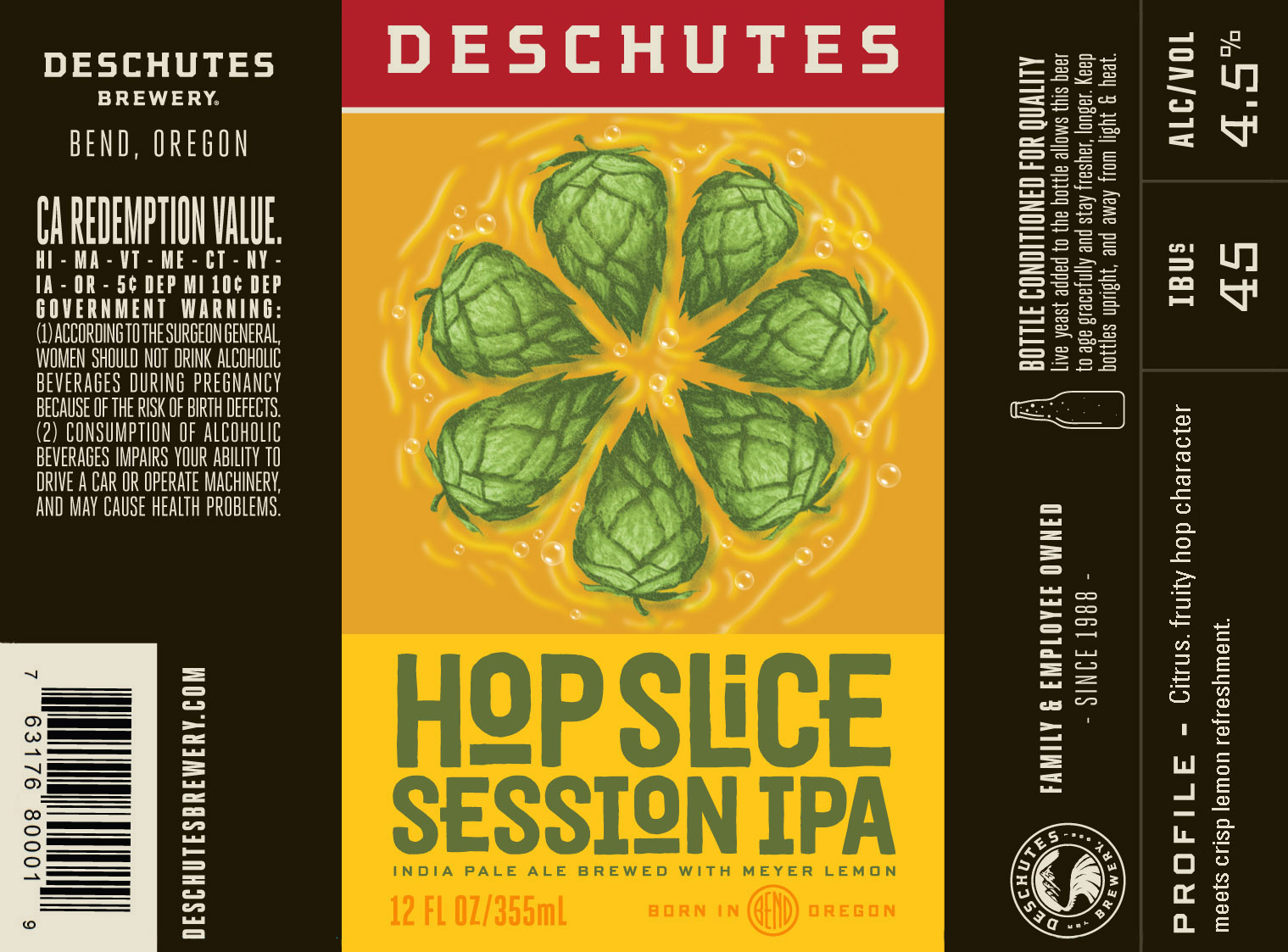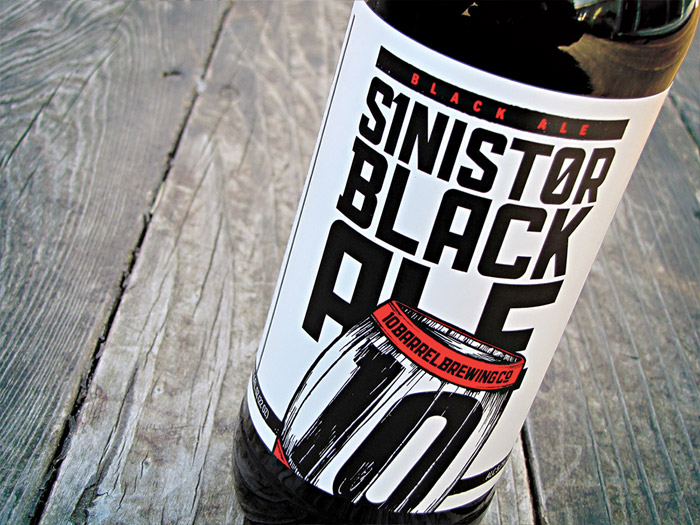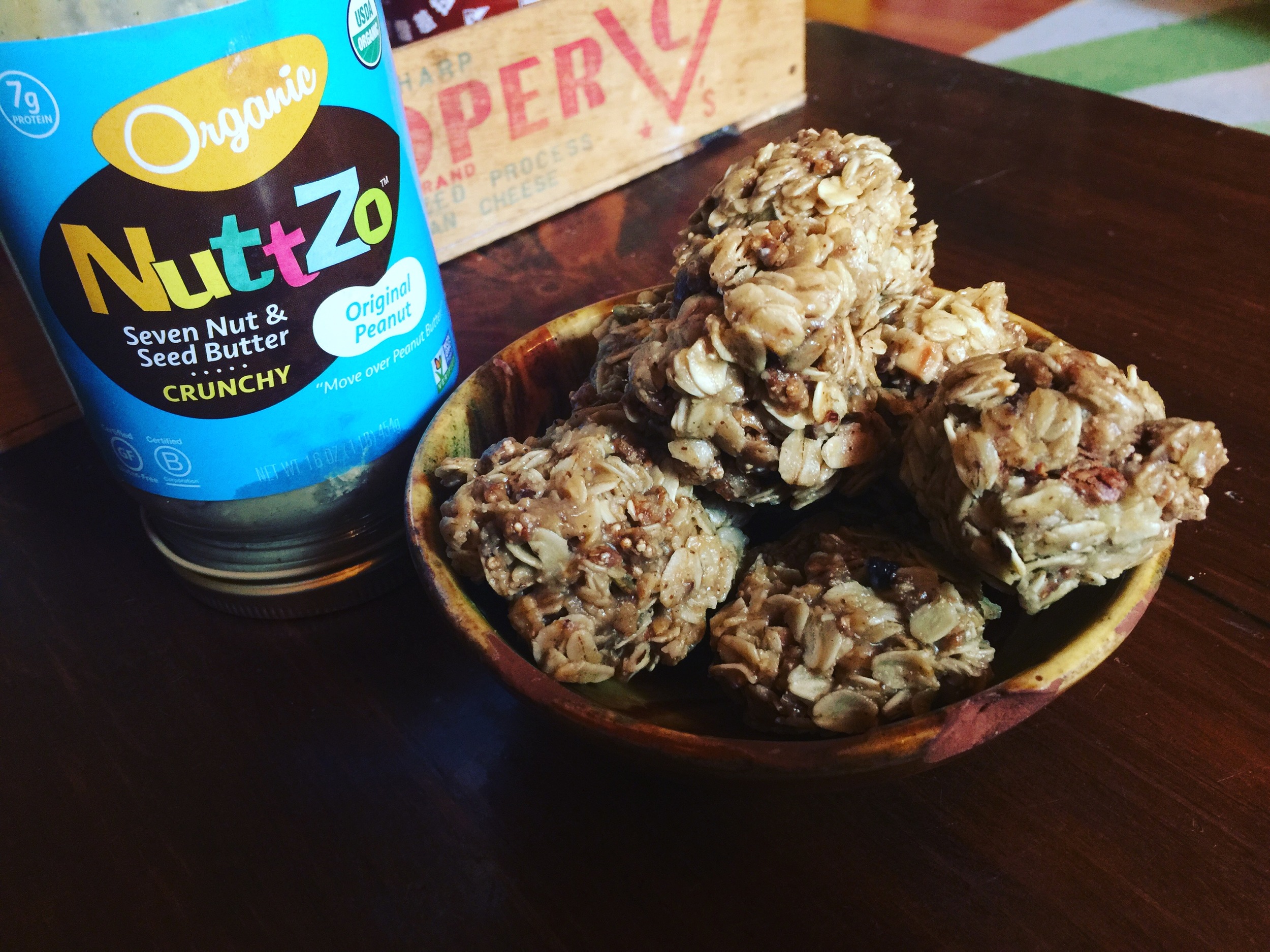Ed. Note—our athletes do amazing things all the time, both on and off the race course. Today we bring you CBCG athlete Devin Salinas' story about raising $14830 for Charity Water, an organization dedicated to bringing clean drinking water to the 663 million people who have to go without clean water for most of their lives. CBCG is proud to have contributed $1000 to that effort, and we're happy to have helped almost 500 people get access to clean water through Devin's work. CBCG Coach Chris Boudreaux coaches Devin, and helped him get ready for his birthday ordeal.
On April 21st, 2018 I turned 30 years old! If you would have asked me five years ago how I would be celebrating this "milestone" birthday my answer would have most assuredly involved something about international travel, a boat, or maybe a chartered plane. My how times and priorities change...Instead, I ran 30 Miles in an effort to raise $30,000 for Charity Water!
I think at times endurance sports can feel a bit isolating. We commit so much of ourselves to the lifestyle, and sacrifice so much to training, that it might seem absurd to an outsider. If we are impelled by the right reasons, however, what we can get back from our sport is so extraordinary. Not only do we discover unprecedented revelations about ourselves throughout our processes, but we forge amazing relationships with others, and optimally, find avenues for giving back to our communities.
The CBCG family is the perfect example of this phenomenon. It's not just a group of athletes training for events; it's a group of likeminded people who come together to support one another on the journey. Not only has CBCG helped take my training and racing to another level, but they've helped me remember why I love the endurance community so much. The people, the experiences, and the shared memories.
I first heard about Charity Water on an episode of the Rich Roll podcast with founder Scott Harrison. I was finishing a long ride through Malibu and Latigo Canyon and on my way back to Santa Monica on the Pacific Coast Highway. I was literally moved to tears as Scott Harrison shared the story about Rachel, a little girl from Seattle who donated her 9th birthday as her last wish before she tragically passed away in an auto accident.
The combination of the beautiful scenery, the incredible story of Charity Water, and the cycling induced endorphins coursing through my body inspired me to try to do something BIG, and at that moment, the idea for 30 on 30 for $30,000 was born! I could combine my love for endurance sports and my desire to do something significant for others in celebration of my 30th birthday!
Overall, the run was a great experience! I had friends and family to support me before, during, and after the run which was awesome. Physically I felt great! My coach, Chris Boudreaux, had a great training program put together and a very clear approach to the run itself. “THIS IS NOT A RACE!” Keep my pacing in check so I can protect my legs and go throw down at Ironman Saint George 70.3 coming up on May 5th.
I went out super conservatively for the first 10; between miles 15-18, I started getting a little too excited, and my pace started dropping into the low 7’s, which was red flag zone, so I pulled it back and stayed committed to my “mid 8’s,” as dictated by my coach. That all being said, 30 miles is still 30 miles, and by the last 3 or so my legs started to lock up on me. I got some salt and hydration and finished the run in 4:15 right at 8:29’s. “Present, Patient, Persistent,” was and is my mantra, which kept me focused through the entire run.
My first thought when I finished was, “less painful than a 70.3,” which was ironically the complete opposite of what I was expecting. In a race, even a race as long as 70.3, you’re constantly flirting with that line of maximum effort which means a much stronger pace than what I did in the run. It was a great learning experience and gave me more confidence as I head into my 2018 race season!
My hope was not only to raise $30,000 and bring clean water to over 1,000 people in need, but to simultaneously raise awareness of the great work that Charity Water does. It's so easy to lose sight of how fortunate we are just to live where we do. To have access to something as simple as clean water is not a thought for most of us. But for over 650 Million people around the world, access to clean water is a daily struggle. It is THE daily struggle.
Want to do more? Miss your chance to contribute to Devin's work? Head over to Charity Water and help others gain access to clean water.














